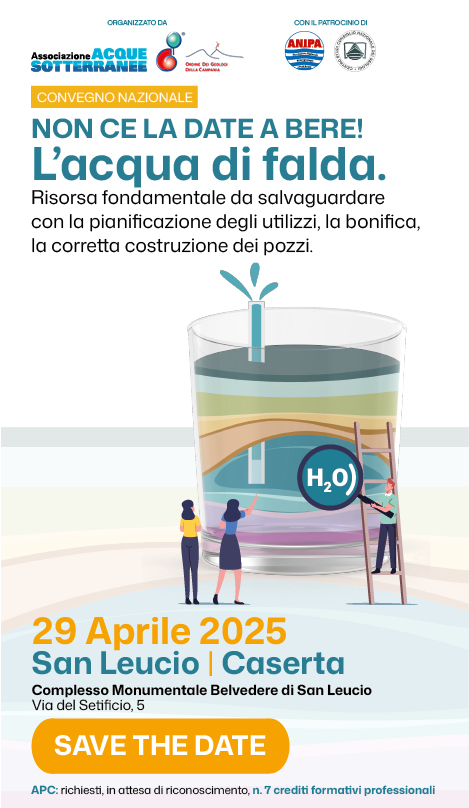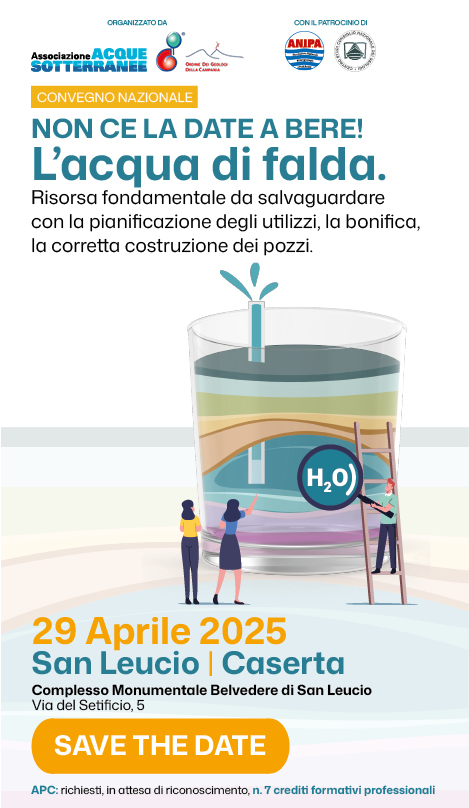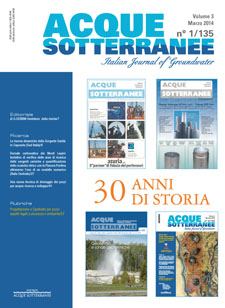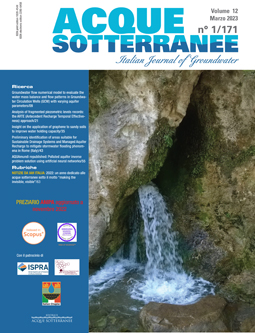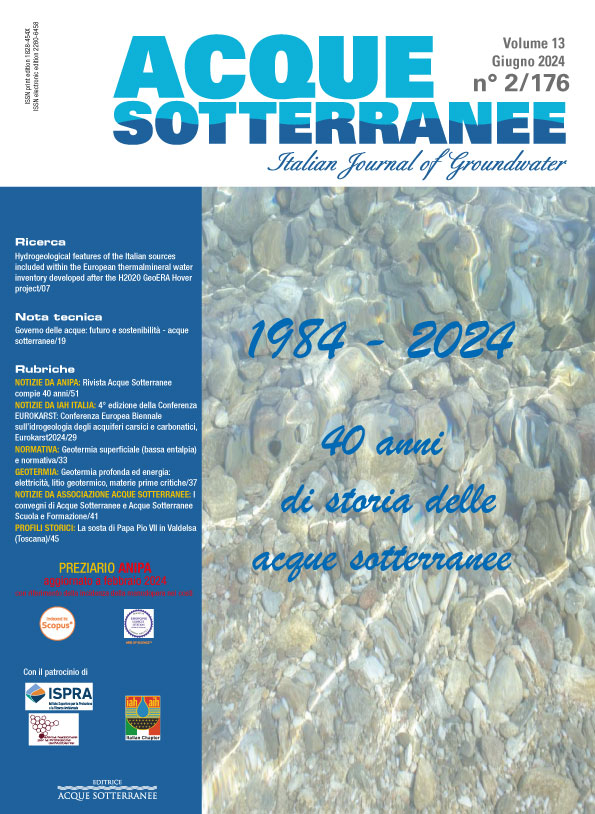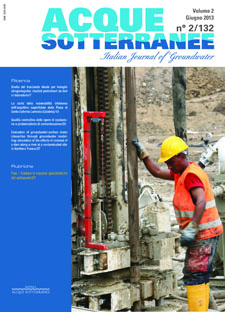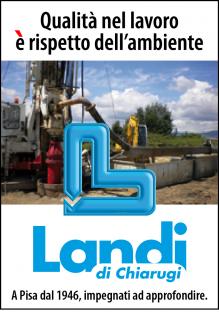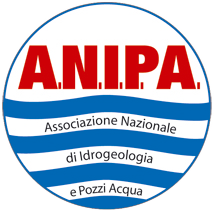Guidelines for statistical analysis of hydrological data according to the requirements of the Groundwater Directive
The Groundwater Directive 2006/118/EC has been developed in response to the requirements of Article 17 of the Water Framework Directive. It aims to protect groundwater by preventing or limiting the input of polluting substances. As groundwater is an essential part of the hydrologic cycle, its deterioration may directly affects dependent aquatic and terrestrial ecosystems. It is necessary, therefore, to assess the current groundwater status by means of sound scientific methods to obtain comparable results. The Directive suggests linear regression as a standard methodology, although a number of assumptions must be checked before applying any parametric technique to avoid erroneous results. Even if the underlying assumptions of linear regression are met, a careful analysis of data must be done to find patterns or trends in data. The starting point of the evaluation is the calculation of a baseline, defined as the mean in values for reference years 2007 and 2008. To start the assessment, the data must be visualized graphically and exploratory data analysis techniques applied. A temporal period where the behaviour of groundwater is homogeneous can be chosen as the reference period for the elaboration of an extended or updated baseline. If no historical data are available, a decision must be made about how to update the baseline. In a second stage, a hypothesis test must be conducted to detect deterioration of groundwater quality. The ability of statistical intervals to detect small changes in quality depends on the size of the adopted baseline and, if required, on the future statistic to be evaluated. As a general rule, a minimum of eight measurements are required to keep uncertainty due to baseline itself within reasonable limits. The elaboration of confidence limit or prediction limits for future means or medians, in combination with trend analysis, is the recommended procedure for groundwater bodies’ management. Finally, if results show a significant statistical impact on groundwater quality, exogenous factors must be analyzed to account for natural variability of data before declaring a groundwater body in bad ecological status.

